- Author Adrian Jeff [email protected].
- Public 2023-12-17 05:06.
- Last modified 2025-01-24 14:09.
Audrey Hepburn
We know the legendary actress Audrey Hepburn for her striking roles in "Roman Holiday" and "Breakfast at Tiffany's." And only in passing - on her voluntary participation in the charitable mission of UNICEF. However, only a complete picture can reveal the full depth and strength of the personality of this seemingly fragile skin-visual woman.
People much more than things need
to be picked up, corrected, attached to the place and forgiven;
you never throw anyone away …
Audrey Hepburn
Audrey Hepburn: from being a kept woman to being a goodwill ambassador
Charming face with a snub nose, huge black eyes and a radiant smile. An icon of style, sincerity, gentle female beauty. The image of lightness and airiness that every woman of past years dreamed of. The ideal of charming beauty, to which no man could remain indifferent.
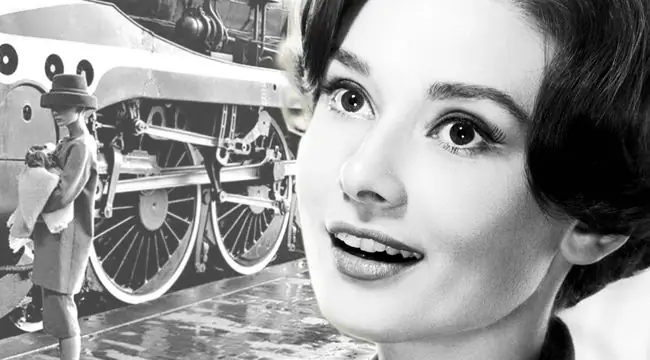
We know the legendary actress Audrey Hepburn for her striking roles in "Roman Holiday" and "Breakfast at Tiffany's." And only in passing - on her voluntary participation in the charitable mission of UNICEF. However, only a complete picture can reveal the full depth and strength of the personality of this seemingly fragile skin-visual woman.
Tragedy or Consolation?
Seeing the children in front of her, exhausted from hunger, unable to utter a word, Audrey sobbed. She admitted that before the trip she experienced something similar to stage fright. But now she was afraid to find words that would help break the eerie silence that had settled in this world of death.
The very first trip as a goodwill ambassador convinced her that the burden would be monstrously heavy. She admitted that in her soul there was a place of doubt: is she strong enough to cope with it?
Once Audrey Hepburn turned the previously existing notions of a woman and an actress, and now she has shouldered a more difficult task on her fragile shoulders - to carry the hope of saving millions of people.
Correct upbringing of a skin-visual girl
Her childhood was not happy. The father left his mother and Audrey early. The baby loved him very much, a strong, charming and expressive man, felt like a real princess in his company. And she was very worried when she parted with her mother.
Audrey grew up as a playful and curious child who showed an early interest in the scene.
The girl's best friends were pets and books. Audrey was very fond of dancing to music, and her mother perspicaciously enrolled her skin-visual daughter in a ballet class. Ballet classes will form the famous graceful figure of Audrey: a thin and long swan neck, strong slender legs, a smooth gait. And even if she does not become a ballet star, she will easily perform various dance steps in numerous films.
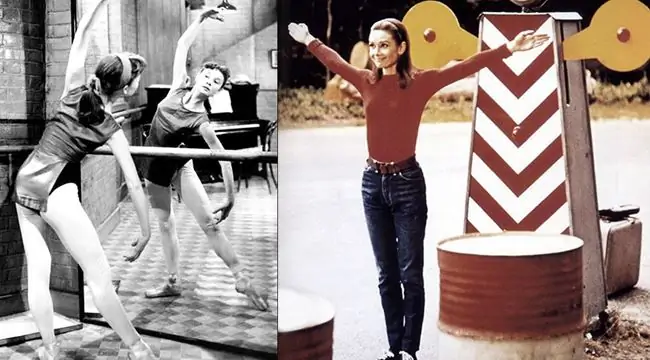
Audrey's mother tried to instill in her a love of work, self-discipline and others, which was very useful for a child with such a set of vectors. Only Audrey's tender visual heart lacked a little more maternal warmth, as well as communication with her father, with whom she had a strong emotional connection.
Audrey had to grow up at the age of 10 when the war came to their city. Audrey's mother, an active woman with a skin vector, took on any job so that she and her daughter could survive. She did not let Audrey abandon her hobby for ballet: in a tightly curtained apartment, the girl danced her solo parts, and the money raised from concerts was sent to the needs of the Resistance.
One day, standing on a railway platform, she saw a train in which the Nazis transported Dutch Jews to concentration camps. She saw a thin boy with lowered shoulders from grief, who entered the train with his parents, and realized how much his life was worse than hers. This thought, assimilated during the war, was reflected in her character - non-capricious, calm, mature.
The path to glory
She got her first film role by coincidence and thanks to the perseverance of her mother: it was a short promotional documentary in which Audrey played a sweet and cheerful stewardess. Then there were hard training in ballet in London, finding myself in dancing, modeling.
Everyone who saw Audrey dancing paid attention to her radiant smile, enthusiastic eyes, flexible gracefulness - and invariably distinguished her from others. Yes, this is the aura of a skin-visual woman: you cannot pass by her, especially if she is deprived of the capriciousness and hysteria of an undeveloped visual vector, the desire by all means to attract attention and someone else's love. Audrey was not only pleasant to look at - it was pleasant to communicate with her, because she showed a sincere interest in people, even when she was already a recognized Hollywood star.
Pretty soon after Audrey's first debut, they began to offer roles in films. Her aristocratic beauty, graceful humor and charm could not fail to be noticed by agents of serious film studios, and soon Audrey was offered a more or less large role in the Anglo-French film "We Go to Monte Carlo".
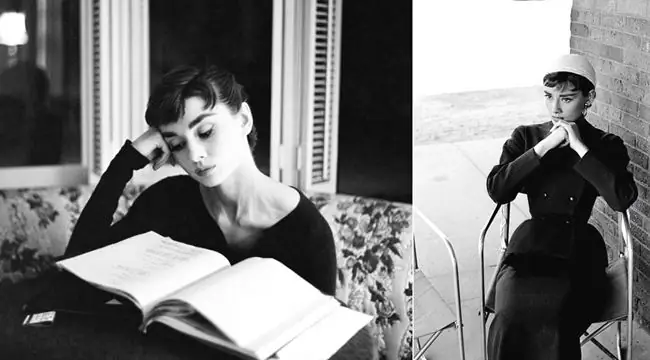
From that time on, not only the road to fame began, but also hard work on herself, as a result of which Audrey learned to revive in front of the camera a variety of feelings that she had to experience: the memory of the war years, moments of joy, the first delight in her life, fear, deep love, compassion. This allowed her to create a very convincing, impressive image for the viewer and film critics.
It seemed to everyone who knew Audrey that this fragile girl possesses a naturally-endowed charm and the ability to subtly convey feelings that very few people can boast of. However, this is not just a gift - it is a high level of development of the visual vector, due to which, through her play, she evokes a sense of belonging in the viewer.
“She gives the impression of a courageous, ambitious girl, relying only on herself, with an enormous capacity to love,” wrote Jane Wilker, an interviewer at Modern Screen.
At the peak of her career, the actress met Hubert de Givenchy. It was an amazing friendship between a developed skin-visual woman and an anal-visual couturier: she felt protection and support in him, he was also captivated by her exquisite manners and inner subtlety, fragility of the soul. He helped his magnificent Musa-inspirer to create a unique screen image. Givenchy was able to see a style that was timeless.
The film Breakfast at Tiffany's made her a legend. And although at the heart of his plot there is some justification for the already fashionable greed at that time, and all the heroes of the film live at someone else's expense, Audrey made her image attractive and sweet due to her personal charm. Here she convincingly plays (more precisely, shows) purity and naivety, albeit against the background of moral illiteracy.
Audrey was not only pleasant to see, but also to hear: her voice with melodic tints, childish notes and hidden sadness enchanted. In general, the image of Audrey was very different from what reigned at that time in Hollywood: it did not have the aggressive sexuality that Elizabeth Taylor or Marilyn Monroe possessed. However, there was tenderness, innocence, charm, romance in him - everything that is characteristic of a developed skin-visual woman who no longer strives for receiving, but for giving. A skin-visual woman, for whom cinema is a special kind of art.
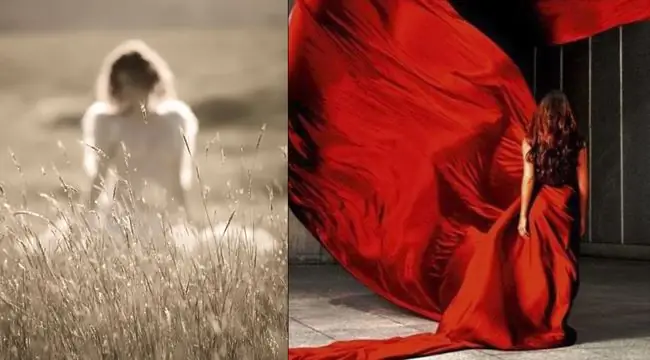
Atypical personal life: love without a leader
Audrey's personal life cannot be called particularly happy: it contained love, affection, the need for a sense of security, disappointment and painful partings. Fascinated by the image of her father, Audrey unwittingly chose men as her husbands, something like him. These were active, active, in their own way men who love her with a skin vector, with whom she inevitably awaited collapse.
Audrey was attracted to character traits in men who more resemble the image of the urethral leader: passionate, bold, daring, domineering, energetic, going ahead. However, immersed in work, giving herself to her without a trace, she had little chance of meeting her urethral hero.
Audrey dreamed of becoming a mother, but her first and second pregnancies ended in miscarriages. Well, alas, the natural role of the skin-visual woman is really not connected with motherhood: what kind of children can a bright diva have, originally designed to raise the fighting spirit of soldiers and lead them to victory?
However, albeit with great difficulty, Audrey gave birth to two sons (in the first and second marriages), who became her consolation in the chaotic, rapidly changing world of cinema.
Having given birth to her second child, Audrey seriously moved away from filming, remembering work only when she was in the cinema. She followed the latest in cinema, but more and more often concluded that she did not see new roles for herself. The world was changing rapidly, and instead of light comedies and love stories, films began to be shot on the themes of violence, suffering, horror.
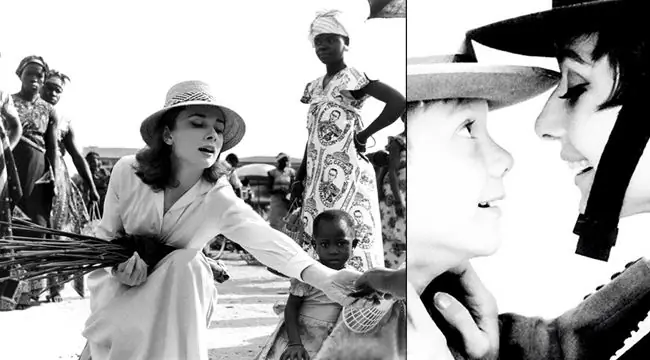
“I closely follow what is happening in the world of cinema. I can't help but notice the suffering, dissatisfaction with life, pain that surrounds us everywhere. Nobody can hide from it”(Audrey Hepburn).
The path to true realization
When her children grew up and did not need any more care as before, her quiet family happiness was shared by the calm and determined Robert Walders, who became her reliable support until the last minutes.
The cinema could no longer give her the realization that the actress still lacked. But other people's sorrows always awakened sympathy in Audrey. She made a big decision: if UNICEF wants to use her name and fame to help sick and disadvantaged children, she agrees.
Since then, Audrey has become a UNICEF Goodwill Ambassador.
“I'm not here to be seen. And so that the rest of the world can see those who live here”(Audrey Hepburn).
Her trips were difficult: she selflessly traveled to places where there was no electricity, water or any sanitary standards. It was a different world - the world of hungry and dying children every day, whom she, together with doctors and volunteers, tried to save from death.
One day, a little girl who stood modestly by a tree, she asked what she wants to be when she grows up. And she answered her: "Alive."
When Audrey returned to Europe, she tirelessly worked to draw the attention of those in power to the problem of starving children: she willingly gave interviews, which she simply hated before, participated in television projects, and met with dignitaries. As always, she approached this work with all responsibility. But not only: now she did not need to play at all, looking for the necessary emotions for a particular role, but convincingly, openly express her real feelings - boundless compassion for dying children.
Audrey has traveled to El Salvador, Vietnam, Thailand, Guatemala, Kenya, Somalia. She didn’t seem to care about her own safety, although very often bullets whistled somewhere nearby. Passing into a state of "love", Audrey did not feel any fear for her life at all.
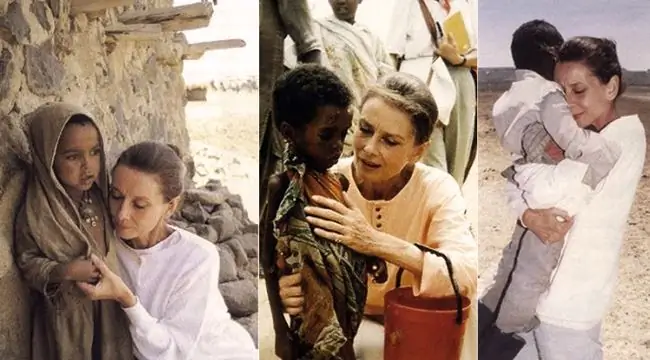
After Audrey's next performance at a charity concert, one of the directors with whom she collaborated in the past said that she "has become something more than just an actress - she has joined some kind of higher wisdom." He was right: Audrey found her true realization and found the inner harmony that she had been looking for for so long.
Winter sunset
Audrey, with great visual love, gave all of herself to this last mission in her life. I gave it along with my health. The woman, who had always looked ten years younger than her true years, now looked dramatically aged, with dark circles under her eyes, deep wrinkles and a long mouth. Audrey's body screamed at her that she needed to stop, to spare herself from such exhausting labor. But when Audrey realized this, it was too late - the disease knocked her down, leaving no chance for victory.
Audrey was informed that she had no more than three months to live. But she did not think to feel sorry for herself: seeing someone else's death hundreds and thousands of times, she was not deceived about her own account. She managed to do what she wanted.
Her sunset came on January 20: surrounded by family and friends, Audrey Hepburn, at the age of 63, died of stomach cancer.
What did this strikingly beautiful woman, externally and internally, leave us behind? Only brilliantly performed roles in the masterpieces of world cinema? Of course not. This generous view of the world, filled with love for humanity, touches us when we think of it. Perhaps to some of us her life and mission seems to be an unattainable ideal. But one has only to think about it - and we can feel how something comes to life in our souls that brings us closer to something truly valuable. And I want to live, feel the world around us exactly as she did.
Our world is full of negative emotions, which we explore first: fear, longing, anger, depression, cruelty. These emotions lock us into ourselves, forcing us to demand for ourselves, forgetting that there is another movement - bestowal.
Touching the story of amazing Love, the embodiment of which was Audrey Hepburn, we reveal the beauty that is in ourselves.
“They say love is the most profitable investment: the more you give, the more you get in return” (Audrey Hepburn).
Biography facts and quotes from the book by Alexander Walker "Audrey Hepburn - Biography".
If you are interested in a systematic view of the personality of Audrey Hepburn and you want to gain a deeper understanding of the psychological properties of visual and other vectors, you can register for free online lectures on the training "System Vector Psychology" at the link: https://www.yburlan.ru/training /
Proofreader: Natalia Konovalova

